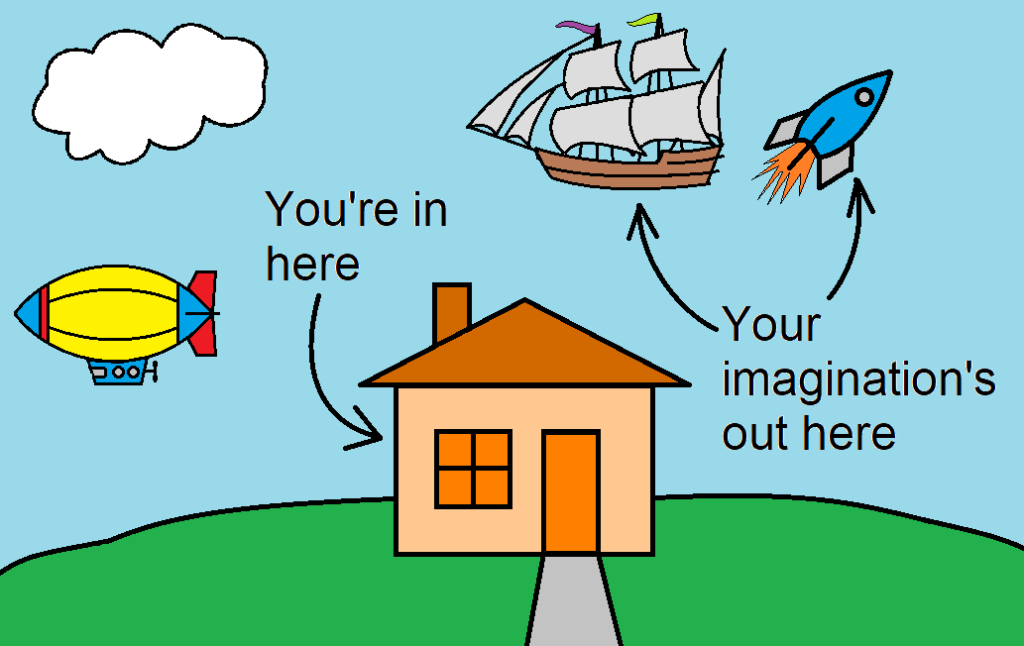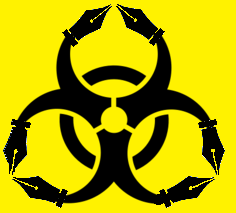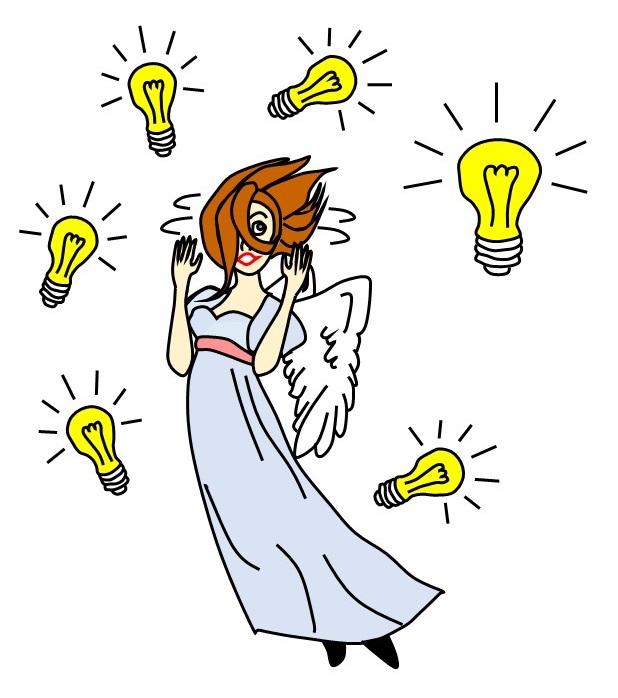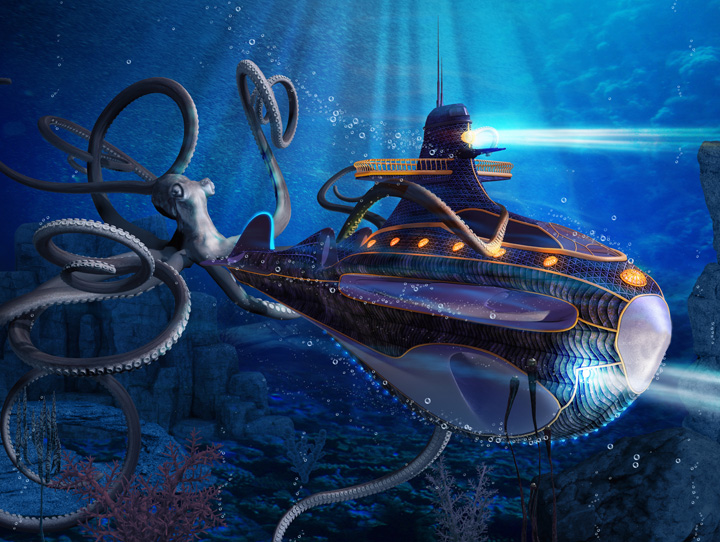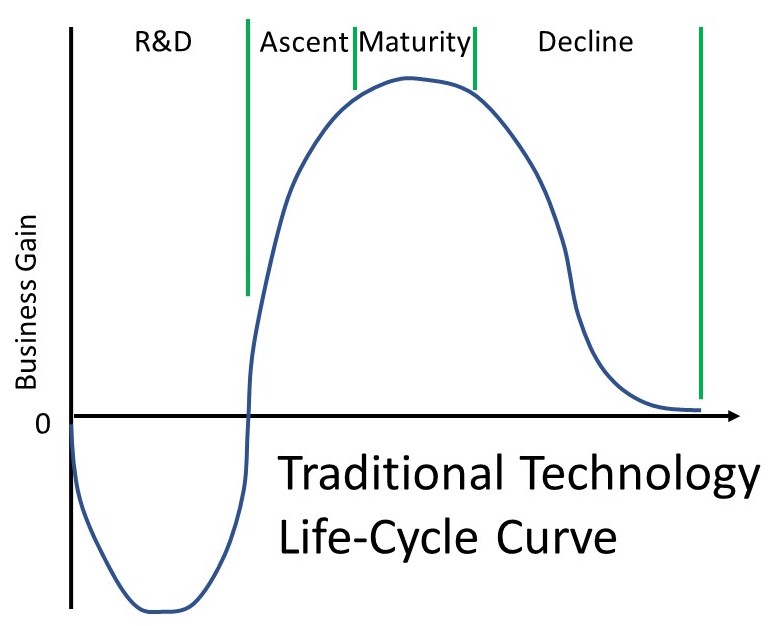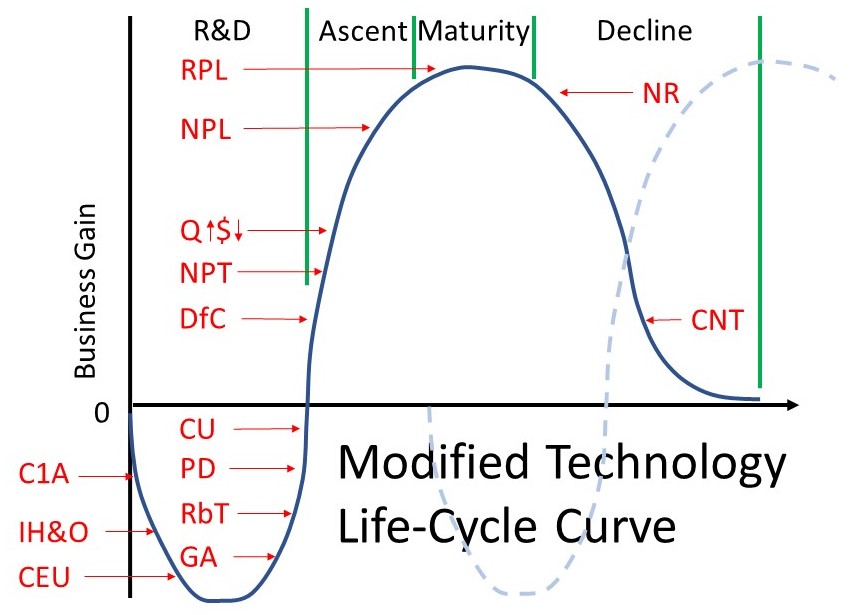You’re stuck at home, all you can think about is COVID-19, and you’re in the mood to write a story. You’re stuck for an idea. Below, in no particular order, are nineteen free story prompts involving diseases. Some may be similar to stories already published, but you can write your own version.
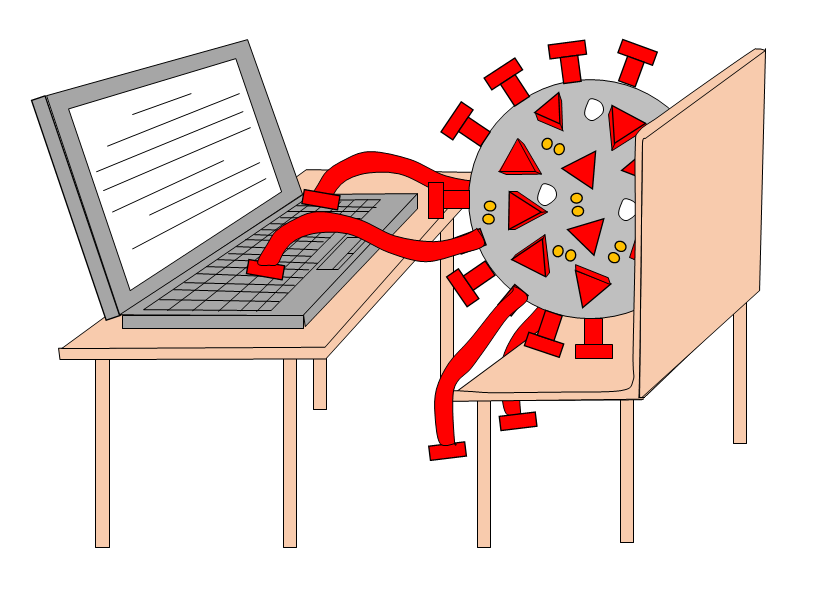
- Character A, hated by the family, returns home from travel and spreads coronavirus to the family. Character A recovers, but beloved family member Character B dies. Character A must live with the guilt and with being blamed by the rest of the family.
- In a near-future world, everyone is isolated from each other. Social distancing is detected by implants and enforced. People maintain contact virtually. Reproduction occurs under strict, sterile conditions. People are repulsed by old movies showing close contact between characters.
- A variant of the Loxothylacus panopaei barnacle mutates and now affects humans as it did with crabs, turning them into zombies. Stay out of the water!
- A deadly virus, able to persist in air for a long time, spreads through Earth’s atmosphere. The only human survivors live separated from the atmosphere—submariners, astronauts, people in artificial biospheres, etc.
- Two rival countries each have biological warfare research programs and struggle to create a deadly disease targeting only one area, or one race. A double-agent spy participates in both country’s programs.
- A ‘covidiot’ character deliberately engages in disease-spreading behaviors, either from ignorance, denial, or perverse delight.
- A freedom-loving country with limited government reluctantly imposes strict controls to limit a disease’s spread. Once a vaccine is found and the danger is over, the government becomes more autocratic, having discovered a taste for power.
- In response to an outbreak, the government forms a task force including expert scientists. However, their guidance worsens the spread and accelerates the curve instead of flattening it. Only a brave ‘crackpot’ scientist from outside the mainstream has the answer.
- A contagious disease induces a death-like coma. Humans can fight it off, but only by enduring the coma for some period of time. Panic ensues until the first victims begin recovering and scientists discover the disease has a zero percent mortality rate. But damage done by the panic is far worse than the disease.
- A sort of ‘sloth disease,’ perhaps transmitted to humans by sloths themselves. It’s very slow to infect, so a victim is contagious for many years before any symptoms appear. By then, the entire human race is infected. Symptoms, when they eventually manifest, can be whatever you dream up.
- Someone introduces a new breed of dog or cat, so lovable-looking that it catches on immediately. However, this breed spreads a disease to its owners.
- A disease with two symptoms—one good and one bad. Perhaps it triples its victim’s IQ or makes them immune to all other diseases. However, it has some undesirable symptom, too, like a horrible skin condition or other deformity. The disease doesn’t spread easily, and once scientists figure out how to control it, people may choose whether to intentionally contract it or not.
- A disease that increases its victim’s sense of fear and desire to be comforted by others. However, the mere existence of the disease causes these same emotions in unaffected people so it’s difficult to tell who has the disease and who doesn’t, since everyone shows the symptoms.
- Write a story from a COVID-19 virus’ point of view.
- Imagine a variation of a team sport like football, baseball, or basketball, a sport that maintains social distancing without contact between players.
- A performer, (singer or stand-up comedian) must adapt to performing without a live audience.
- A virus targets human DNA with a specific range of damage, only killing victims within a narrow age range, say ages 18-22. Anyone outside that range is immune. See this article.
- A ‘mood virus’ that causes symptoms to worsen with any negative mood such as anger, anxiety, guilt, sadness, and shame. Maintaining positive emotions is the only way to stay immune.
- Isolation, shelter-in-place, and social distancing become permanent. In time, extroversion is bred out and no longer exists as a human trait. One day a single extrovert is born and must contend with a population of introverts.
Please understand, in providing this list, I’m not making light of the deadly COVID-19 coronavirus. I’m just thinking about it as a writer does—grist for the idea mill. Now sit down and write your story. After writing ‘The End,’ you can express your gratitude to—
Poseidon’s Scribe

